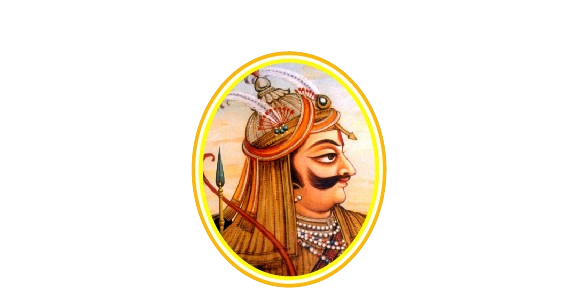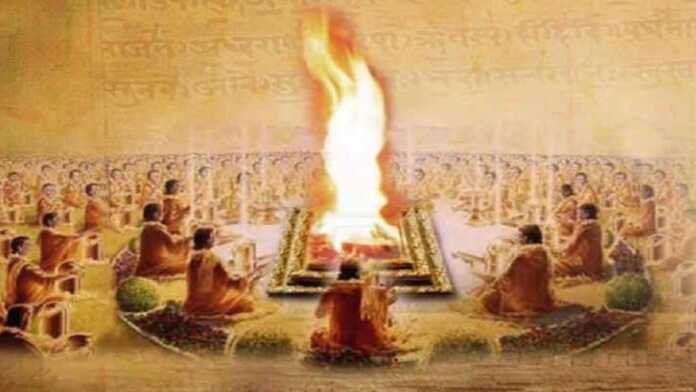History of Origin of Chalukya Rajputs is very interesting. Historians have different opinions about not only the Origin of Chalukya Rajputs but the Origin of all Rajput clans.
The word Chalukya has been referred to in earlier inscriptions, copper plates and books as Chaulukya, Chalukya or Chulukya and now and then as Chalukka, Chalukya, Chalikya, Chalkya, Chaulukika, Chulukka and Chuluga says G.H. Ojha.[1] He further says that the other form of Chalukya is Solanki or Solanki.[2]
The word Chalukya has been differently interpreted by different writers. Some scholars consider Chalukya and Chaulukya to be the names of two different clans, but G.H. Ojha[3] rejects this view on the ground that in the copper-plate of Solanki Kirtiraja of Lat it is mentioned as Chalukya (Viena Oriental Journal Vol. VII, p. 88), whereas in the copper-plate of his grandson Trilochanapala it is mentioned s Chaulukya (I.A. Vol. XII, p. 201) and Purohita Someshwara of the Solankis of Gujarat uses both the terms Chalukya (Kirtikaumudi Ch. II, V. I) and Chulukya.[4]
According to D.C. Sircar “In the inscriptions of the Chalukyus of Badami the name of the family is written as Chalkyas, Chalikya,And Chalukya (rarely Chalukya).” [5]
D.C. Sircar’s view is that the Chalukya derived that name from an ancestor, probably called Chalka, Chalika or Chaluka. He[6] further says that “the Chalukyas of Badami appear to have represented an indigenous Kenarese family that claimed the status of Kshatriyas”. In the footnote he says that “Hiuen Tsang refers to Pulakesin II as a Kshatriya by birth’ (H.T.W. II, 239)”.
There is another view which derives its origin from the Gurjaras. A.M.T. Jackson[7] says that “taking this fact in connection with the prevalence of the surnames Pavar and Chavan among Gujars in such remote provinces as the Punjab and Khandesh, it seems obvious that these two tribes and therefore also the two other agnikula races, the Parihars and Solankis are, if not of Gurjjara origin, at all events members of the great hords of northern invaders whom the Gurjjars led.
According to D.R. Bhandarkar “there were two hords of this tribe which emigrated at two different periods. The first one came forth in the last quarter of the sixth century from the Savalakh mountains. The second emigrated about the middle of the tenth century from Kalyanak taka, i.e., Kanauj, but did not go south beyond Gujarat”.[8] The hypothesis is that they were Gurjars and came from outside. The Chalukyas have also been associated with Agni-kula origin.
Tod says that no trace of a Rajput remains earlier than A.D. 400. His statement, based on tradition says that in the distribution of territory the Indra-raised Paramara gets Abu, Dhar and Ujjain; the Brahma-created Solanki Anhalpur; the Siva-sprung Parihara, Marwar; and the Vishnu formed Chauhan Makavati Nagari, shows by the mention of Solanki at older than the tenth Anhalpur that this distribution cannot be century A.D.[9]
According to another bardic account recorded by Cunningham only the Chalukyas came out of the fire-pit, the Agni-kunda.[10]
A fanciful origin of the Chalukya has been emphasised by N.K. Mankad[11] who means the word Chalukya has been derived from Seleucos only on the similarity of the sound of the words “S” and “CH”. Such a disputed origin cannot be determined.
As far as reference to Vasishthiputra Khamdchalikiremmanaka made by D.C. Sircar is concerned it seems probably to us that Khamd is the name of a range Khondmals (Sanskrit Skandamalaya) in Orissa and Chaliki (Sanskrit Chuluki) is the name of a river Salki which flows from Khondmals in Orissa. Thus Remmanaka is the name of the person and Khamd and Chaliki are geographical adjectives which qualify Remmanaka.
We may further say that Khondmals where river Salki flows really form the form of a hand-palm (Chuluka) and thus must have given the name Chuluki to the river flowing from it having the feminine suffix (stri pratyaya) nip. This must also be probably identified with the Chalukya- giri of the Ranastipunde grant of Vimaladitya of the eastern branch of the Chalukyas, dated in 1019A.D.[12]
Chalukyas are in our opinion Agnihotri Brahmanas who not only took upto arms in place of the fire-pit but became Kshatriyas for all times to come and thus were known as Agnivamsis. There are a number of examples when the Brahmans took recourse to arms and the Dharma-sastras allow it under emergency.
In conclusion we can say that there are so many theories about the Origin of Chalukya Rajputs but facts indicate to there Brahmin origin.
REFERENCES
[1] G. H. Ojha, Solankion Ka Prachina Itihasa P. 1, fn.
[2] Jai Narayan Asopa, Origin of the Chalukyas, proceedings of Rajasthan history congress, 1968, pp. 42-44.
[3] Ibid.
[4] Abu inscription of Vastupala Tejapal
[5] D. C. Sircar in hisArticle in “The ClassicalAge”, pp. 227-228.
[6] E. I., XX, 227.
[7] Bombay Gazetter Vol. I, Pt. I., p. 468.
[8] I. A., XL, p, 24.
[9] Tod, Annals And Antiquities of Rajasthan, Vol. II, pp. 406-407 (1873 Ed.).
[10] Cunningham, A. S. I., Vol. II, p. 255.
[11] Bharatiya Vidya, VI, 5 (N. S.) 1945, p. 107.
[12] E. I., VI and P. I. H. C. III, pp. 393-94.
[13] Report Mardums humari Raj Marwar 1891, pt., III p. 505.




